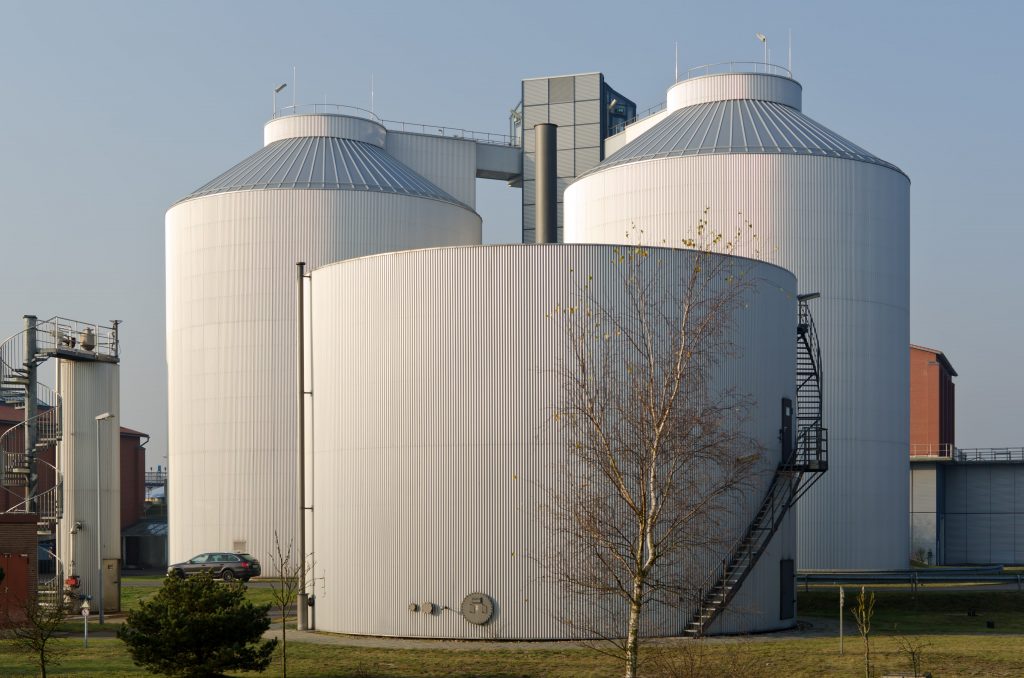According to the Occupational Safety and Health Administration (OSHA), storage tanks may contribute to a highly hazardous work environment. The aboveground tanks may contain substances such as crude oil, liquid fertilizer, or other hazardous liquids. You must be very careful when near a tank, as potential dangers include fires and explosions, as well as oxygen deficiency.
With that in mind, let’s take a look at some safety tips that you can follow to avoid any safety-related issues with your aboveground storage tank.
Don’t Overfill
There are many reasons that overfilling happens, from a desire to maximize tank efficiency to simple carelessness. However, overfilled tanks can cause leaks, ruptures, and explosions.
Overfilling tanks can cause serious damage, like at the BP America’s Texas City Refinery Explosion. In this March 2005 explosion, there were 15 fatalities and 180 injuries. The incident profoundly affected facility production for months. BP also had to pay $50.6 million in fines.
Keep storage levels in check by installing high-level alarms triggered by liquid level sensors or float switches. These alarms will tell when you are close to overfilling your storage tank.
Select the Right Tank
While an American Petroleum Institute (API) 650 storage tank can hold many things, not every tank is appropriate for every material, especially when the material is something hazardous, like wastewater, oils, or petroleum.
It’s important to consider the temperature and pressure capacities of the tank. Many chemicals require specific temperature and pressure ranges for proper storage, or else you risk leaks or even explosions. Make sure that your tank contains only the materials that it was made specifically for.
Ensure that Employees are Trained
When working with storage tanks, human error can lead to severe consequences. To avoid any accidents or dangerous incidents, you should make sure that all your employees and workers are properly trained. When they know and understand what they’re doing, how to handle their equipment, and what the risks associated with their job are, they will be able to do their work safely and effectively.
Observe OSHA Regulations

There are many hazards encountered in working with storage tanks. While there aren’t any OSHA standards or regulations regarding storage tanks specifically, many of OSHA’s general industry standards apply.
One of the standards that apply is the one for confined spaces, as many storage tanks can be considered Permit-Required Confined Spaces (PRCS). OSHA’s PRCS standard must be followed whenever employees and workers enter storage tanks for cleaning. There are also regulations established by the United States Environmental Protection Agency (EPA), National Fire Protection Association (NFPA), and American Petroleum Institute (API) that you should be aware of and follow.
Inspect Regularly
Storage tanks undergo routine wear and tear, like corrosion from the materials inside, as well as air, water, and sunlight from outside. Make sure that your tanks are regularly inspected for damage and that any issues found are addressed quickly.
When it comes to storage tanks, nothing is more important than safety. Make sure that you follow these five simple tips to avoid any workplace accidents and to keep everybody safe.
